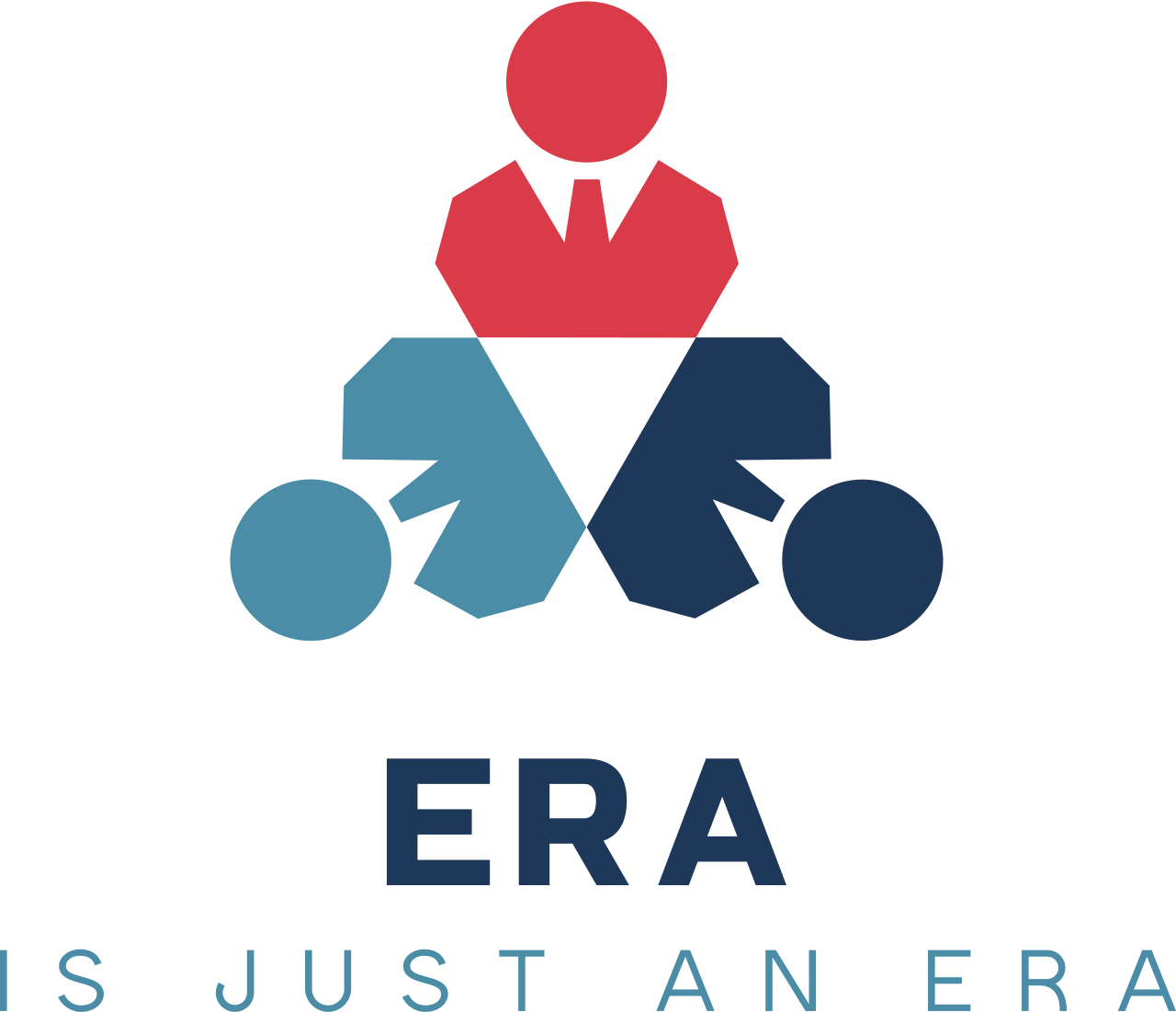Innovative Work Strategies: Pioneering the Hybrid Future
In the context of Dell’s policy reversal, how can mandatory in-person work reshape corporate culture and influence employee work-life balance compared to previous pandemic-era flexible arrangements?
The modern workplace is undergoing a dramatic transformation as companies reassess traditional office norms to better align with contemporary employee values. In recent years, many major organizations have reimagined how and where work is executed, sparking a wave of innovative strategies that balance the benefits of face-to-face interactions with the efficiency of remote work.One of the most striking changes is the shift from a rigid, office-centric approach toward a more flexible hybrid model. Previously, strict mandatory office policies were common and even celebrated, but evolving employee expectations and competitive talent markets have prompted firms to rethink their stance. Top companies are now experimenting with flexible work policies that accommodate varying degrees of remote work, recognizing that creative collaboration and team cohesion can flourish even when employees split their time between the office and home.Research has revealed surprising insights regarding employee preferences. Many workers are willing to accept modest salary concessions in exchange for increased flexibility, indicating that the traditional office-first model may soon give way to a hybrid or even remote-first environment. This trend is not uniform across industries or demographic groups. Instead, it highlights an emerging disparity between roles and team dynamics, where some teams thrive on in-person collaboration while others flourish in remote settings. The evidence gathered from multinational studies and various sectors underscores the growing recognition of remote work as not just a necessary response to external pressures but as a strategic lever to drive innovation and employee satisfaction.Corporate leaders are now challenged with the task of integrating this new paradigm into their organizational culture. They must carefully design work environments that promote knowledge sharing, creativity, and a sense of belonging—whether employees are working from home or in traditional office settings. This delicate balancing act represents a pioneering step forward in addressing long-standing issues such as flexibility bias and retention challenges.As the future unfolds, the reinvention of workspaces is poised to redefine employee engagement and business performance. The quest for a harmonious blend of remote and onsite work exemplifies how innovative thought can transform entrenched practices, paving the way for a more adaptive and inclusive era of professional life.
